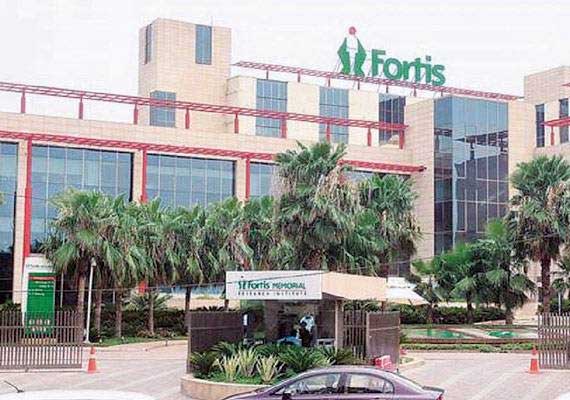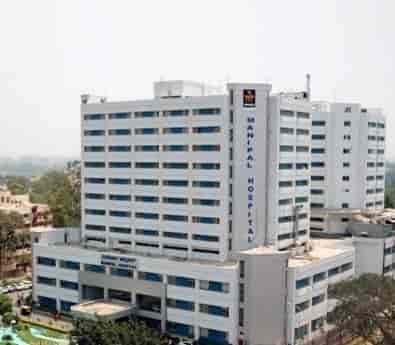Aortic Stent Grafting Treatment in India
treatment
starting from
Introduction
Cardiovascular diseases have long been a major health concern worldwide, affecting millions of people and causing significant mortality rates. Among these conditions, aortic aneurysms, characterized by the enlargement of the aorta - the main blood vessel carrying blood from the heart to the rest of the body - are particularly life-threatening. Traditional treatment options for aortic aneurysms often involve invasive open surgeries, which carry inherent risks and lengthy recovery periods. However, in recent years, aortic stent grafting has emerged as a revolutionary minimally invasive procedure that offers new hope to patients facing aortic aneurysms.
What is Aortic Stent Grafting?
Aortic stent grafting, also known as endovascular aneurysm repair (EVAR), is a minimally invasive surgical procedure designed to treat aortic aneurysms. This technique involves placing a stent graft, a tubular, fabric-covered metal mesh structure, inside the aorta to reinforce the weakened or dilated section of the vessel. Unlike traditional open surgeries, aortic stent grafting is performed through small incisions in the groin or other suitable locations, eliminating the need for large surgical incisions and reducing the risk of complications.
The Procedure: How Aortic Stent Grafting Works
- Patient Evaluation: Before recommending aortic stent grafting, a thorough evaluation is performed by a multidisciplinary team of cardiovascular specialists. Various imaging techniques, such as CT scans or MRIs, help determine the size, location, and severity of the aneurysm, guiding the selection and customization of the stent graft.
- Anesthesia: The procedure is typically performed under local anesthesia or mild sedation, allowing the patient to remain conscious but relaxed during the surgery.
- Accessing the Aorta: The surgeon makes small incisions in the groin, exposing the femoral arteries. A catheter is then inserted into the femoral artery, guided through the vascular system, and positioned at the site of the aneurysm.
- Stent Graft Placement: The stent graft, compressed within a delivery system, is advanced through the catheter until it reaches the targeted location within the aorta. Once in position, the stent graft is deployed and expands, attaching firmly to the aortic walls.
- Blood Flow Diversion: The stent graft creates a new channel for blood flow, effectively diverting the blood away from the weakened aneurysm sac. This reduces the pressure on the aneurysm and prevents the risk of rupture.
- Finishing Touches: After ensuring proper placement, the catheter and delivery system are removed, and the incisions are closed with sutures or adhesive strips.
Benefits of Aortic Stent Grafting
- Minimally Invasive: One of the most significant advantages of aortic stent grafting is its minimally invasive nature. Compared to open surgeries, this technique involves smaller incisions, leading to reduced postoperative pain, shorter hospital stays, and quicker recovery times.
- Reduced Risks: Traditional open surgeries carry inherent risks such as infection, bleeding, and anesthesia complications. Aortic stent grafting minimizes these risks, making it a safer option for many patients, especially those who might not be suitable candidates for open surgery.
- Improved Quality of Life: As a less invasive procedure, aortic stent grafting allows patients to return to their daily activities more rapidly, enhancing their overall quality of life compared to a lengthy recovery period associated with open surgeries.
- High Success Rates: Aortic stent grafting has shown impressive success rates in treating
- aortic aneurysms, reducing the risk of aneurysm rupture and associated mortality.
Conclusion
Aortic stent grafting has revolutionized the treatment of aortic aneurysms, providing a less invasive, safer, and more effective alternative to traditional open surgeries. As medical technology continues to advance, this procedure is likely to become even more refined and accessible, further improving patient outcomes and saving countless lives. As with any medical intervention, thorough evaluation and patient-specific considerations are essential to ensure the best possible treatment outcome. With ongoing research and technological advancements, aortic stent grafting remains at the forefront of cardiovascular care, bringing hope and healing to patients worldwide.
How It Works
Need help in organizing medical travel to India?














